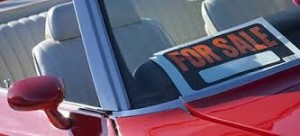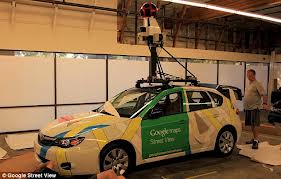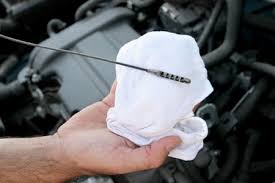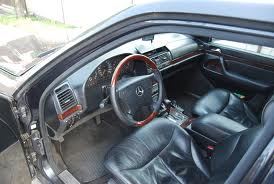High Mileage Cars: Top 10 Buying Tips From The Experts
Most people find it hard to buy high mileage cars in the past. But today, manufacturers are confident that newer car models deliver reasonable performance even with high mileage.
If you plan to save your money by buying used cars, then we have something to tell you first. Follow these 10 step-by-step tips because if you don’t, you will find yourself driving a junk.
10. Don’t Rush It
Don’t think that you got yourself a good bargain because someone else told you so. Whatever the seller says, keep your hands in your pocket and take your time.
You already bought it?! Okay, don’t read any further because you no longer need it. Smart car shoppers should read more though.
9. Check Its Ownership History
Go back to the number of owners the car had. You should look for less number (preferably, one owner only). Several owners mean that the car have more wear and tear. We find more used cars in better condition when they only had one owner.
8. Avoid Pimped Rides
What makes you think that used cars with nitrous, aero boosters and programmed chips are better? They give you performance boost for a time being but they also shortens the car’s engine life so be careful. Look for cars with no upgrades and focus your attention to them. If you really insist a pimped ride, then be ready because you will remove those upgrades soon.
7. Check the Real Mileage
Don’t you know that we can roll the car’s odometer back now? Although we look for cars with at least 100,000 miles, are you really going to buy the one with 200,000 miles and tampered odometer? Visit Car Proof or Carfax and look for the car-in-question’s records. Right papers and consistent service records (not tampered) are an asset for the car so check those first.
6. Look for Wear and Tear
Wear and tear are obvious and you won’t miss them by examining the external parts of the vehicle. High mileage cars usually have external dings and worn out or punctured tires. Uneven wear on tires mean that the vehicle is not in alignment. Look for rust too and remove rusted cars from your list.
5. Check the Engine for Problems
Get the owner’s permission to bring the car for a compression test. This will help you identify whether the cylinders fire properly or not. You can also start the engine and listen to its sound. Don’t pick the car with uneven motor sounds or knocking noise in its engine.
4. Check If It Burns Oil
Grab the dip stick and pull it to see if it has oil or none. You should look for mileage cars with no seized or carbonated oil control rings. You can also ask the owner if he checked the car’s oil level and what he can say about it. This is a big concern so don’t miss it out.
3. Look for Smoke
Any smoke from the car is a bad sign. Blue smoke means that the car burns oil a lot and has engine problems. Black smoke, on the other hand, is a sign of excessive fuel burning and fuel system issues. Lastly, white smoke means that the car burns anti-freeze and has head gasket problems.
2. Check Its Interior
The inside of the car will tell you more than what meets the eye. Worn out seats can tell the actual age of the car, allowing you to confirm the mileage on its odometer. Look for rotors too because rusty rotors squeals and squeaks when the car vibrates. You can also check for brake changes from the inside.
1. Identify Its Real Value
Once you’re done inspecting the car, then it’s time to ask the dealer about the price. Now don’t accept nor decline the offer immediately. Go back home and visit Edmunds or Kelley Blue Book websites first. Put the details of the car there (including its condition) and get its value.
Follow our step-by-step guide above and tell us if it made your shopping easier or not. Feel free to post your experiences with high mileage cars on the comments section below.























Submit a Comment